Geese, often admired for their majestic presence and honking calls, sometimes face less flattering associations, particularly concerning their droppings. It’s a common perception, often joked about, that geese are prolific poopers. But is this reputation deserved? And more specifically, Do Geese Poop While Flying?
Let’s dive into the world of goose poop, addressing the airborne question and exploring everything you need to know about goose droppings.
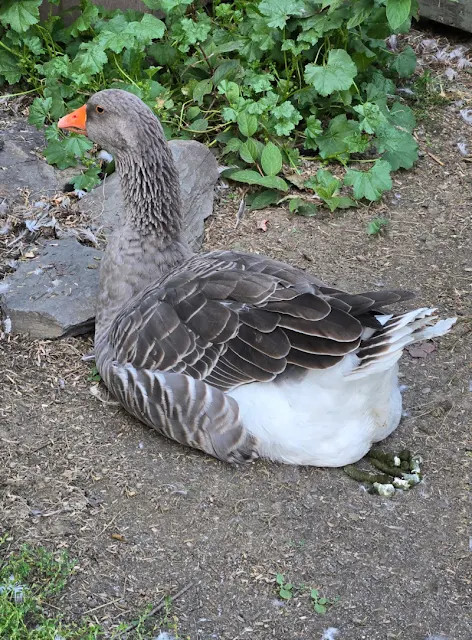
Image alt text: Close-up of goose droppings on grass, illustrating the typical appearance of goose poop.
The short answer is yes, geese, like most birds, are capable of pooping while flying. It’s a necessary bodily function for birds, and unlike humans, they don’t have the luxury of waiting for a designated restroom break. Think about it – if you spent a significant portion of your life airborne, you’d need to be able to relieve yourself mid-flight!
While it’s certainly possible for geese to poop while airborne, it’s not something you’re likely to witness frequently. Geese typically relieve themselves more often when they are on the ground, foraging and moving around. However, if a goose is in flight for an extended period and the urge arises, they will certainly answer nature’s call.
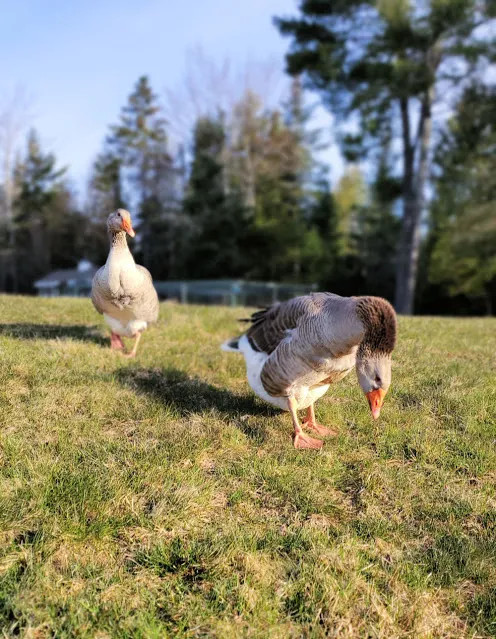
Image alt text: Question mark above goose droppings, visually representing the query about the quantity of goose poop.
Understanding Goose Poop: Shape, Size, and Composition
To truly understand goose poop, whether in the air or on the ground, let’s examine its characteristics.
Shape and Size of Goose Droppings
Goose poop is quite distinctive. It’s often described as cigar-shaped and roughly the size of your little finger. The color can vary, ranging from green to whitish to light brown. This color variation is primarily influenced by the goose’s diet.
For geese that primarily graze on grass and weeds, their droppings tend to be greenish and resemble mulched or finely cut grass formed into tubes. In seasons when their diet shifts to include more grains like wheat and oats, or commercial feed, the poop becomes light brownish and more solid in consistency. Being herbivores at heart, geese favor green vegetation over insects or processed feeds, which directly impacts their poop’s appearance.
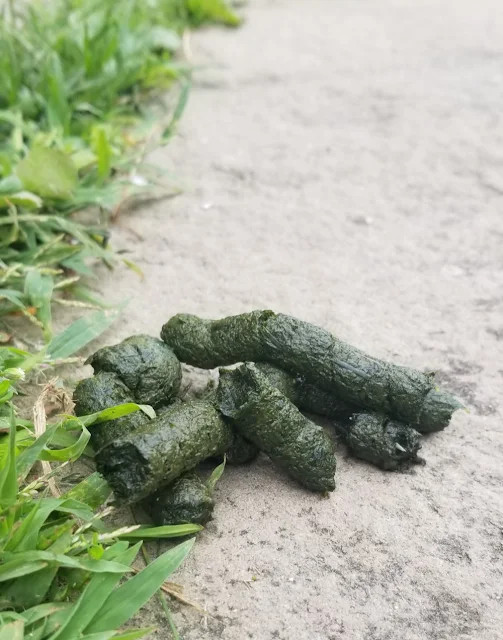
Image alt text: Greenish goose poop on grass, showcasing the typical color and shape of droppings from grass-fed geese.
Composition of Goose Waste
Water is the primary component of goose poop, making up over 75% of its composition. During warmer weather, when geese drink more water, their droppings will be noticeably wetter. Like other avian species such as chickens and ducks, geese do not urinate separately. Instead, their solid and liquid waste is combined within their bodies before excretion.
This combined waste system is particularly advantageous for flying birds. Eliminating urine separately would mean carrying extra water weight, which is inefficient for flight. Instead, birds excrete nitrogenous waste as urates or uric acid, the white, chalky caps often seen on bird droppings.
Goose poop can be quite caustic due to its composition. It’s advisable to hose down patios, decks, and stone surfaces regularly to prevent paint peeling and stone pitting. Fortunately, goose poop is easily washed off hard surfaces and breaks down relatively quickly in lawns, especially with rain.
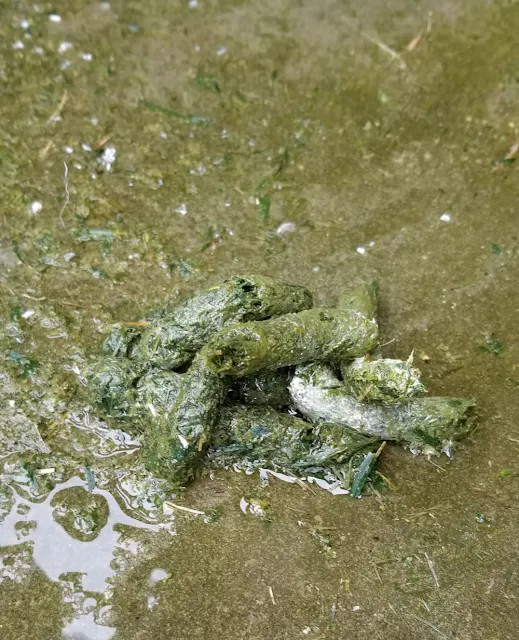
Image alt text: Close-up view of goose poop on a stone surface, highlighting the water content and potential for staining if not cleaned.
Goose Poop Frequency: How Often Do Geese Poop?
Now for the part that contributes to the goose poop reputation: frequency. Geese poop… a lot. On average, a goose will poop approximately every 12 minutes. This translates to over 100 times per day, per goose. Yes, it’s a significant amount!
A foraging goose can consume around four pounds of grass daily, which is then processed into about two pounds of droppings each day. While this sounds like a lot (and visually, it can be), remember that goose poop is mostly water and undigested plant matter.
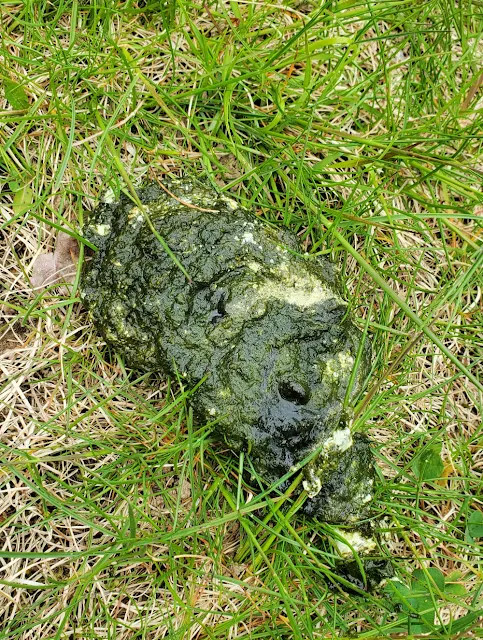
Image alt text: Goose poop on a patio, demonstrating the need for regular cleaning of hard surfaces where geese frequent.
Eat, Poop, Repeat: The Goose Digestive System
Unlike chickens and ducks, geese lack a crop and gizzard for storing and grinding food. Chickens and ducks tend to digest and expel most of their waste overnight after storing food in their crop throughout the day. Geese, however, process food more continuously. They eat and poop throughout the day.
Interestingly, this constant eat-poop cycle contributes to cleaner living spaces for geese. Because they don’t store waste to be expelled later, their bedding and housing remain relatively clean. Geese typically only poop once or twice overnight, often not at all if they’ve emptied their system before settling down for the night. This means goose houses require less frequent cleaning compared to chicken coops, which can become heavily soiled with droppings.
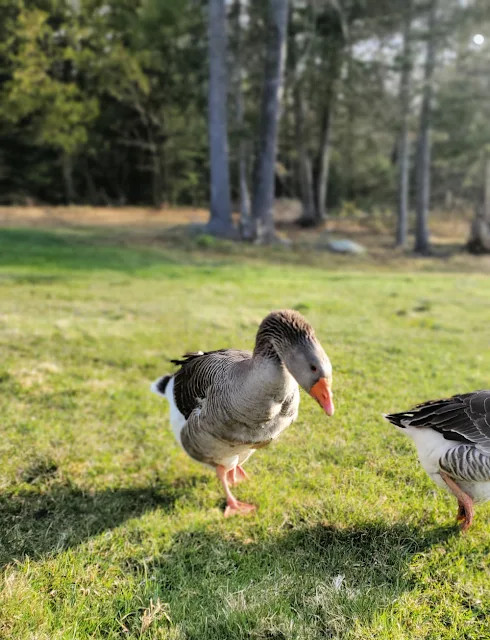
Image alt text: Geese grazing in a grassy area, illustrating their constant eating and subsequent pooping habits.
Goose Poop as a Garden Fertilizer
Despite the volume, goose poop is not without its benefits. It’s a fantastic, nutrient-rich fertilizer for gardens. Dried goose droppings are rich in carbon, nitrogen, and phosphorus, with a fertilizer value close to 2-4-2. This makes it a high-quality, natural fertilizer, especially for vegetable gardens.
However, raw goose poop should be composted and aged before use. The high nitrogen content can burn plants if applied directly. Additionally, goose droppings can carry bacteria like E. coli, cryptosporidium, giardia, listeria, and Campylobacter. Proper precautions are essential: compost the droppings thoroughly, wash vegetables grown with goose poop fertilizer, and always wash your hands after handling it.
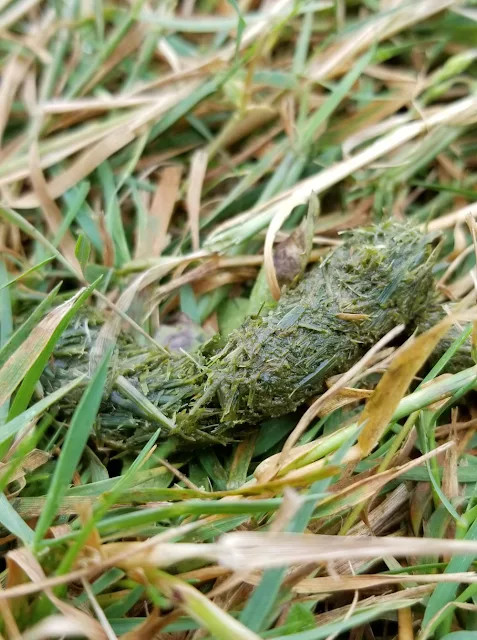
Image alt text: Goose poop on straw bedding in a goose house, showing the relatively clean environment due to geese’s digestive system.
Managing Goose Poop: It’s Part of the Package
So, yes, geese produce a considerable amount of poop. But this is a natural aspect of raising any livestock. In moderation, goose poop can even benefit your lawn, acting as a nitrogen-rich fertilizer that promotes healthy green growth.
The key is space. Geese are natural wanderers, meant to graze and roam. When given ample space, their droppings are dispersed over a wider area, minimizing concentrated messes. This natural distribution helps prevent goose poop from becoming an overwhelming nuisance.
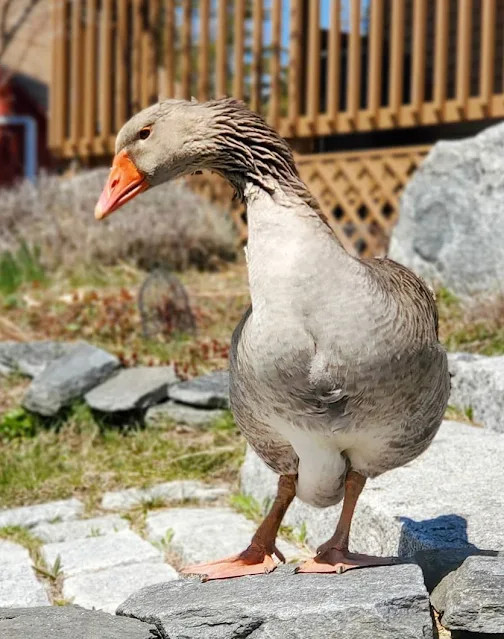
Image alt text: A goose walking on a stone path, illustrating how geese can deposit droppings in various areas around a property.
However, if geese frequent specific areas like decks or patios, regular hosing down will be necessary to keep these spaces clean. While your lawn might not transform into a golf course overnight, geese can contribute to lush, green grass through their natural fertilizing habits.

Image alt text: Goose poop scattered on a lawn, demonstrating the dispersed nature of droppings when geese have ample space.
In conclusion, while the idea of geese pooping while flying might be a funny image, it’s a biological reality for these and many other birds. And while geese do poop frequently, understanding the nature of their droppings, their benefits as fertilizer, and management strategies can help you appreciate these birds – poop and all.
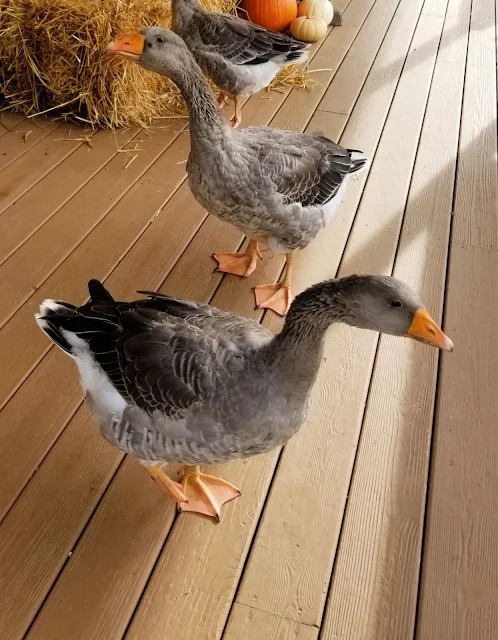
Image alt text: Geese resting on a wooden deck, a common area where goose droppings might accumulate and require cleaning.
Further Reading